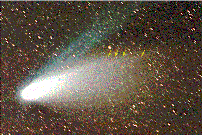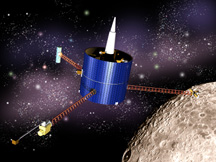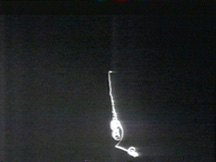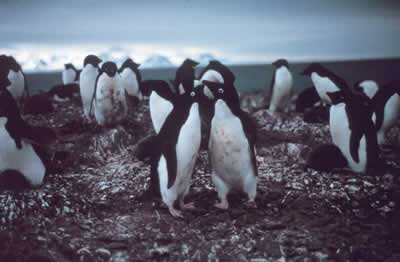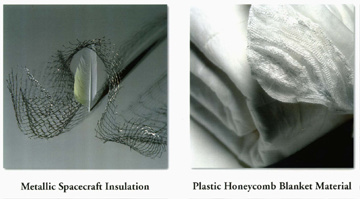
NASA
Recycle those milk jugs...they could help save a life!
News story originally written on March 13, 1997
We all know that milk "does a body good." Who knew that plastic milk containers could save lives in an emergency? In an attempt to find the perfect lightweight metal insulation for spacecraft, NASA created a new material made of recycled plastic milk jugs that provide great insulation. (Insulation is something that keeps heat or cold from escaping. For instance, your winter coat is a type of insulation that keeps your body warm from the cold weather. Another example would be a thermos, which you may use on a trip or at a football game to keep your hot chocolate or soup warm.)
This new material will be used for new emergency rescue blankets. Currently, rescue blankets are made out of wool. According to researcher Steve Miller of S.D. Miller and Associates, "The [new plastic] blankets are better than wool or fleece because they are non-allergenic, and they dry five times faster. The new material is also four times warmer than wool in cold and damp conditions."
The Thermalon company will distribute these blankets to ambulance companies, Red Cross chapters, etc. The blankets are made by layering process with a "honeycomb" lattice, allowing the blanket to retain warmth even when wet.
The processing of the new material is also expected to be used with a metallic substance for spacecraft insulation. This new design will reduce launch costs and weight significantly.






